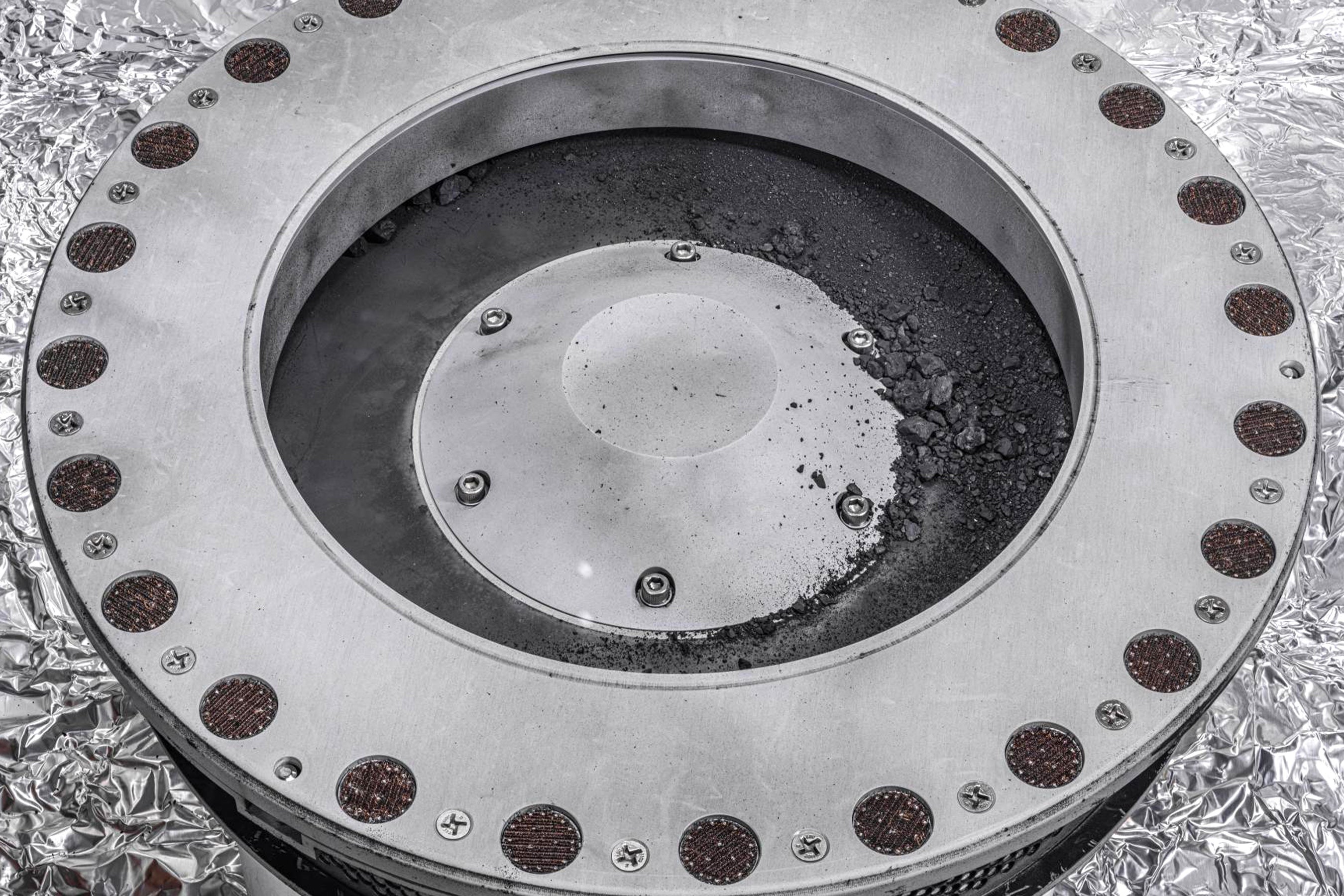Panarea, a volcanic island near Sicily, Italy, is the site of plenty of underwater volcanic activity – which has now been documented as part of a decade-long photographic exploration of the oceans
Environment
16 June 2022
A gas eruption in the submerged crater of the island of Panarea Alexis Rosenfeld – @alexis.rosenfeld
Underwater hydrothermal vents spew acidic fluids and bubbles in a series of photographs captured at Panarea, a volcanic island near Sicily, Italy. The images were taken as part of 1 Ocean, a project by photographer Alexis Rosenfeld in partnership with UNESCO.
Rosenfeld’s guide at Panarea was researcher Francesco Italiano, who monitors underwater volcanic activity in the Aeolian Islands, including Panarea, to track whether potentially dangerous eruptions are imminent. Their work helps island authorities protect residents.
“There aren’t any major eruptions likely to occur at Panarea any time soon,” says Italiano.
The researchers regularly dive to observe and sample curtains of bubbles (see image, top) that originate from magma reservoirs below Earth’s crust.
“When you dive over an active volcano, which is mainly composed of thermal fluids – hot water and bubbling gases – the feeling is totally different to any other dive. You feel your skin burning because of the hot water and the acidic compounds, but it’s a lovely burning, really unusual. People should try to experience this!” says Italiano. “As you glide, it’s also a very noisy world.”
“At some hydrothermal vents, the temperature reaches 140°C and the pH is around 2, so it can really corrode everything. Our diving equipment is easily destroyed, so we have to replace them every year,” says Italiano.
A “black smoker” Alexis Rosenfeld – @alexis.rosenfeld
The bubbles of volcanic gas are mainly composed of carbon dioxide, as well as hydrogen sulphide and traces of helium and argon.
“We collect the gases and interpret what message they bring from the magma,” says Italiano. “We can tell if the volcanic activity is increasing or decreasing.”
Manganese emerges from other areas – where the temperature is around 138°C – giving the appearance of black smoke (see image above).
The site also contains 5-metre-tall chimney-like structures made mainly of iron oxides (see below). These form when elements that are dissolved in the hot water around the vents cool down and fall to the sea floor, where they build up over thousands of years.
“The thermal waters create these wonderful deposits of orange or yellow colours, made of iron oxides,” says Italiano.
Chimney-like structures that each built up over the course of thousands of years Alexis Rosenfeld – @alexis.rosenfeld
More on these topics:



























































